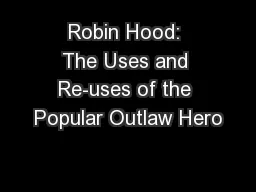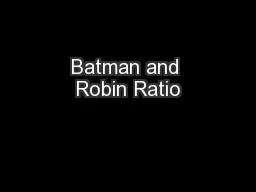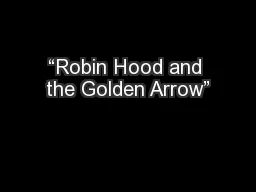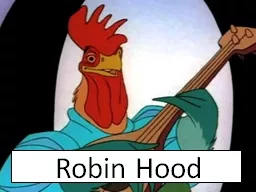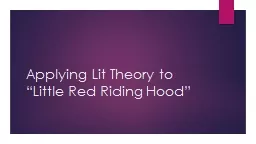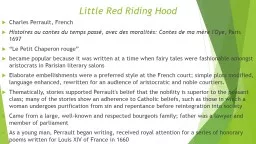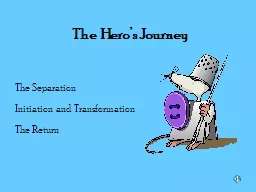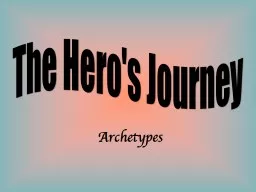PPT-Robin Hood: The Uses and Re-uses of the Popular Outlaw Hero
Author : faustina-dinatale | Published Date : 2018-09-30
ENG6552 The Continuing Middle Ages Thursday 5 th March 2015 AS15 Structure Historiography The Medieval Robin Hood Yeoman Hero Robin Hood in the 16 th Century Gentrification
Presentation Embed Code
Download Presentation
Download Presentation The PPT/PDF document "Robin Hood: The Uses and Re-uses of the ..." is the property of its rightful owner. Permission is granted to download and print the materials on this website for personal, non-commercial use only, and to display it on your personal computer provided you do not modify the materials and that you retain all copyright notices contained in the materials. By downloading content from our website, you accept the terms of this agreement.
Robin Hood: The Uses and Re-uses of the Popular Outlaw Hero: Transcript
Download Rules Of Document
"Robin Hood: The Uses and Re-uses of the Popular Outlaw Hero"The content belongs to its owner. You may download and print it for personal use, without modification, and keep all copyright notices. By downloading, you agree to these terms.
Related Documents

